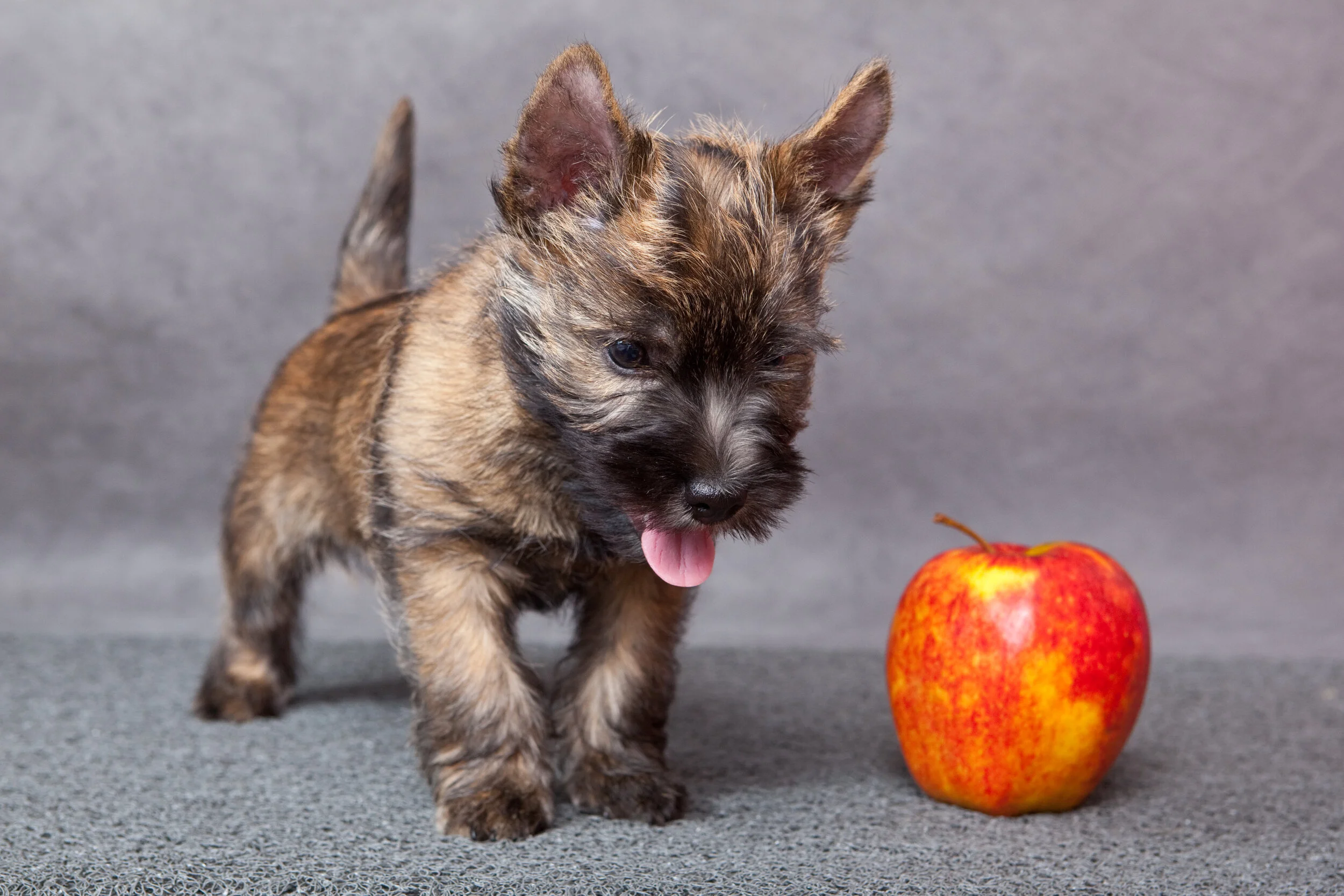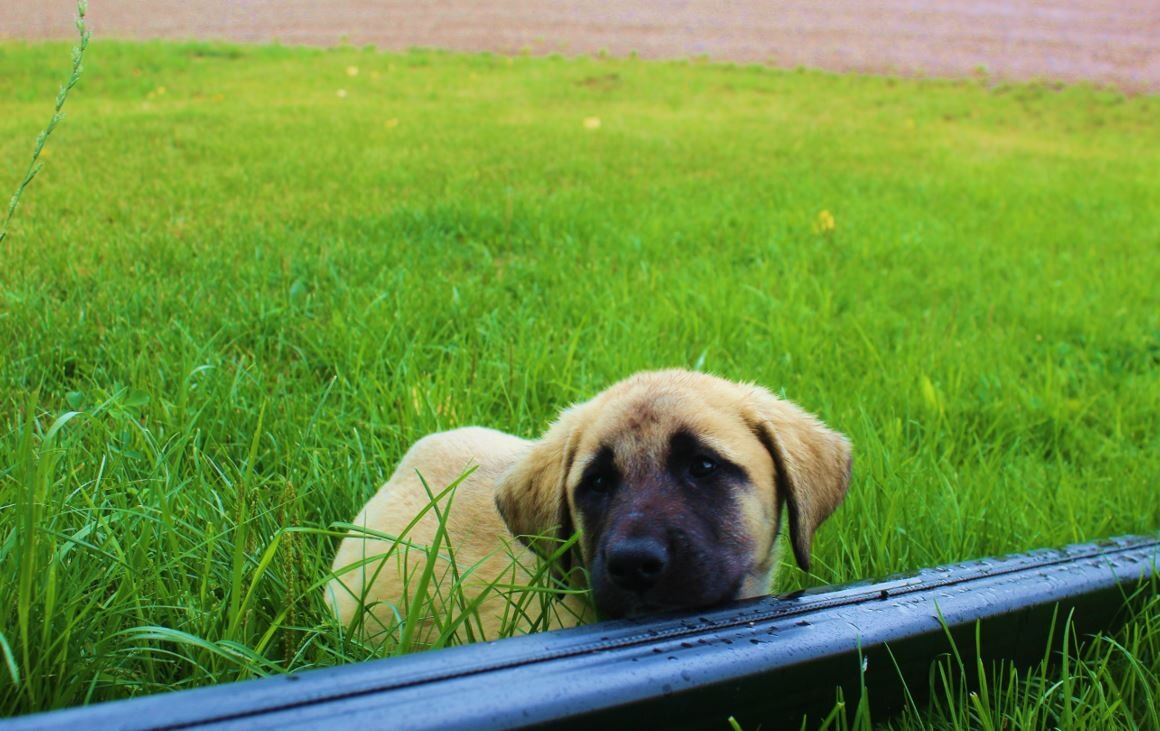Dear shock collar purchaser who is sending me emails,
You have read my blog about shock collars, and you have a dog who is behaving in worrisome ways. Perhaps your dog has killed a cat, or is biting children, or is harming themselves, or is chewing or messing your house. Perhaps someone in your family is threatening you or has offered to get a trainer to help you, a trainer that uses a shock collar. Perhaps you’ve used shock collars before, and seen how well they can halt behaviour and shut a dog down.
I know my blog made you feel angry and stupid and like lashing out, and I’m sorry. Before I was a dog trainer, I used a bark collar on my dog, and I worked with dogs in ways that I now regret. I know what it feels like to be told I’m amoral and wrong, and to be accused of harming the very creatures in my life that I made a commitment to take care of. I know how this feels.
I’m sorry that there aren’t easy solutions to dogs who kill other animals, dogs who are terrified, or whatever your dog’s issue happens to be. I’d make a guess, without knowing you or your dog, that there is probably an easier solution than you think, if you hire a dog trainer with good skills and experience. But the fix will likely take time and money, and certainly won’t be as easy as pressing a button.
But that shock collar isn’t the solution, either, I’m afraid. Some dogs seem to tolerate shock better than others, but shock collars in general are associated with bad outcomes for dogs: fear, aggression, and euthanasia. And...do you really want to shock a dog who is behaving out of boredom (chewing), fear (biting), or hunger (predation)? Is that fair? I’m guessing your conscience is whispering “no” at you in response to this question and making you flustered, because you found my blog, and now you’re emailing me. You want an exception. You want a hall pass. Your dog is worse than all the other dogs we positive reinforcement trainers work with, you feel. You just want me to know that in your case, it’s different.
I’m sorry one more time, then, because your dog is not worse than others in my practice. Your dog is the same as many other dogs that I have helped. Or perhaps, if genes and context and experience have lined up in terrible ways and your dog is one of the few who does grievous harm when they bite or is living a life that is extremely welfare-deprived, I couldn’t help. But in none of those cases would a shock collar have been better. Not one.
I know you love dogs. That’s why you are emailing. You want me to help you help your dog. But I can’t give you that exception: that’s not helping. I love dogs too. And I regularly help dogs with the same issues that you’re having, without shocking them...as do hundreds of my colleagues. And you asking for an exception to shock your dog when it won’t help you or your dog (and in fact is likely to harm your dog) well, it’s tiring. It wears me down. I picture your dog, I picture them getting shocked for a problem that is solvable without shock, and it depresses me.
So hey, do me a solid, ok? We’re all people here, we’re all dog-loving people. If you’re going to side-step expert advice and assume the risk of harming your dog and the people around your dog by shocking them, just don’t tell me about it, alright? I will not reply and ease your conscience, you won’t get a hall pass from me, and you won’t convince me of the righteousness of your ways. It is not my job nor my moral duty to battle you personally about this. If your conscience is pricking you, hire a trainer (one of these trainers, preferably). Put it on your credit card or ask a relative for a loan if you can’t afford it, or call your local municipal shelter to see if they have support networks for trainers who don’t use shock.
I’m sorry that dogs can be hard and heartbreaking. I’m sorry that shock collar manufacturers and trainers paint these devices to be harmless. I’m sorry that things are hard for you right now. I’m sorry enough, ok? Please don’t make me feel sorry for one more dog, for your dog, on top of everything else.
Kristi Benson, CTC, PCBC-A
Addendum: if you are seeking non-shock collar options, please feel free to email me for a referral or other information, absolutely. I love getting those emails.
















